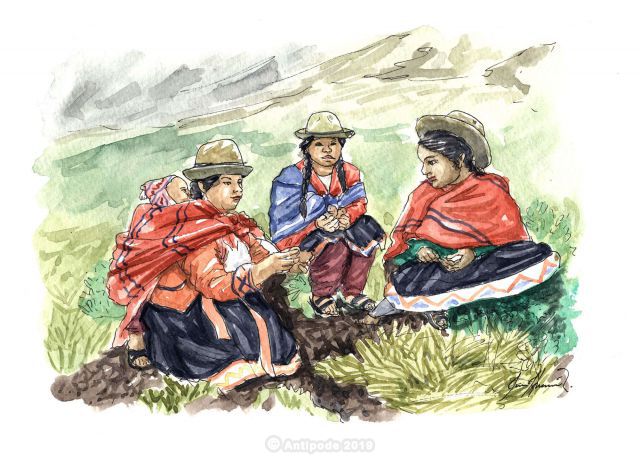

What is the population way of living in the Andes?
An Andean life still preserved from mundialization
Far from cities, from Information society and globalized culture, it exists in the Andes, communities survivors of a time in bygone days. Often at several hours walking, some Andean village and communities perpetuate a way of living and a rhythm of life very special. They have integrating forcibly Catholic religion but they keep believing in the Andean religion.
Their houses, made with adobe or stones, look more like shelter than real homes. The life nearly self-sustaining is very linked with alpacas’ breeding and subsistence farming.
The day begins before the sunrise, more often with a potato soup with beans to start the agricultural tasks, and ends at the dusk when darkness and cold weather capture the Andes.
Most of the time, without any social advantage or real salary, habitants formed communities around strict rules of solidarity, which make echo to the Incas way of living.
The Ayllu is a familial group expanded who represents the base of the social structure of the community. The Ayni is a system of change and reciprocity (without money), like for example about helping someone to plough a neighbor field in change of building his house. The Minka are community services and are obligatory, under penalty.
Every year, a village party is organized by a Carguyoc who must pay and organize festivities, and whom generosity reflects the social position of villagers.



